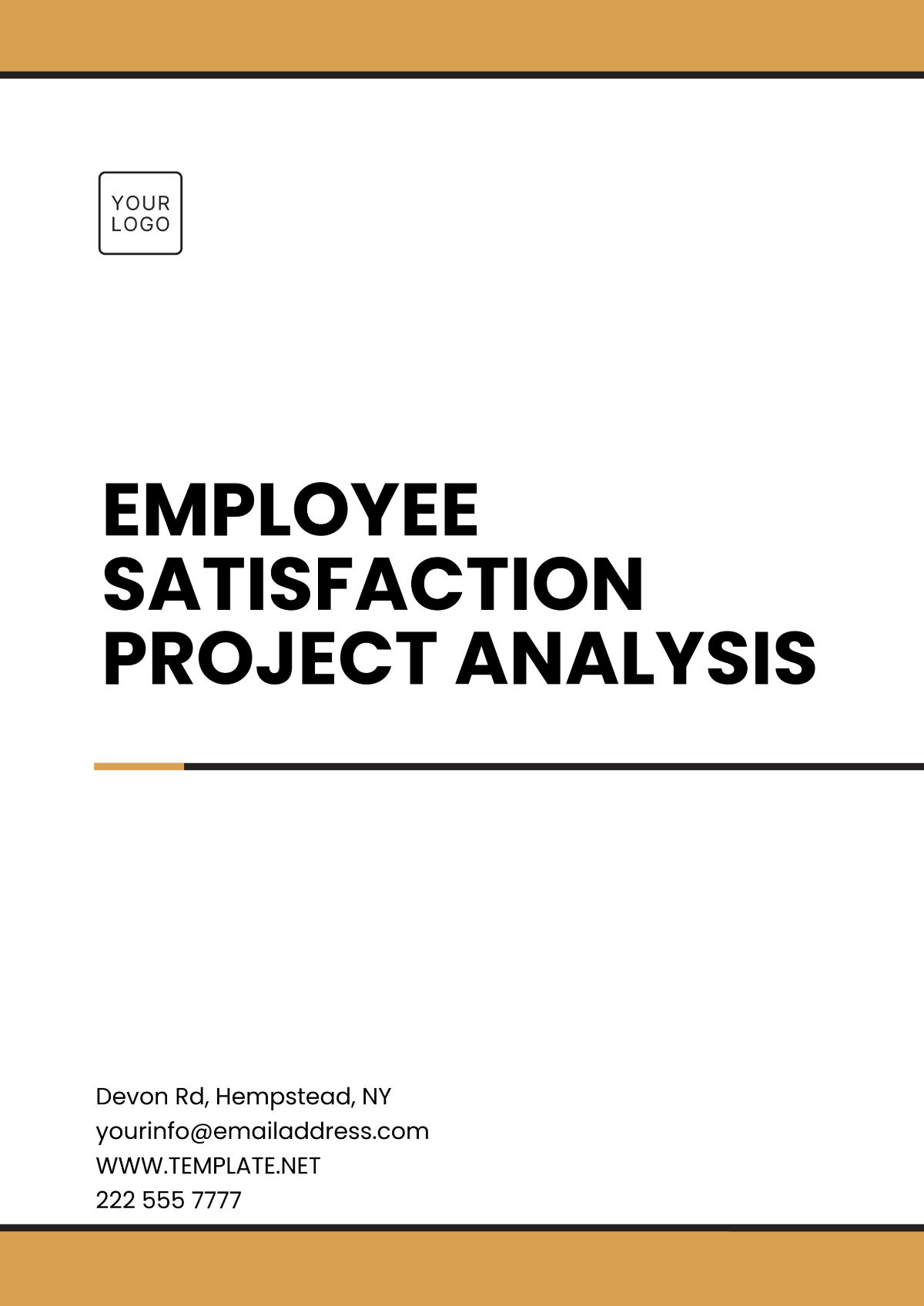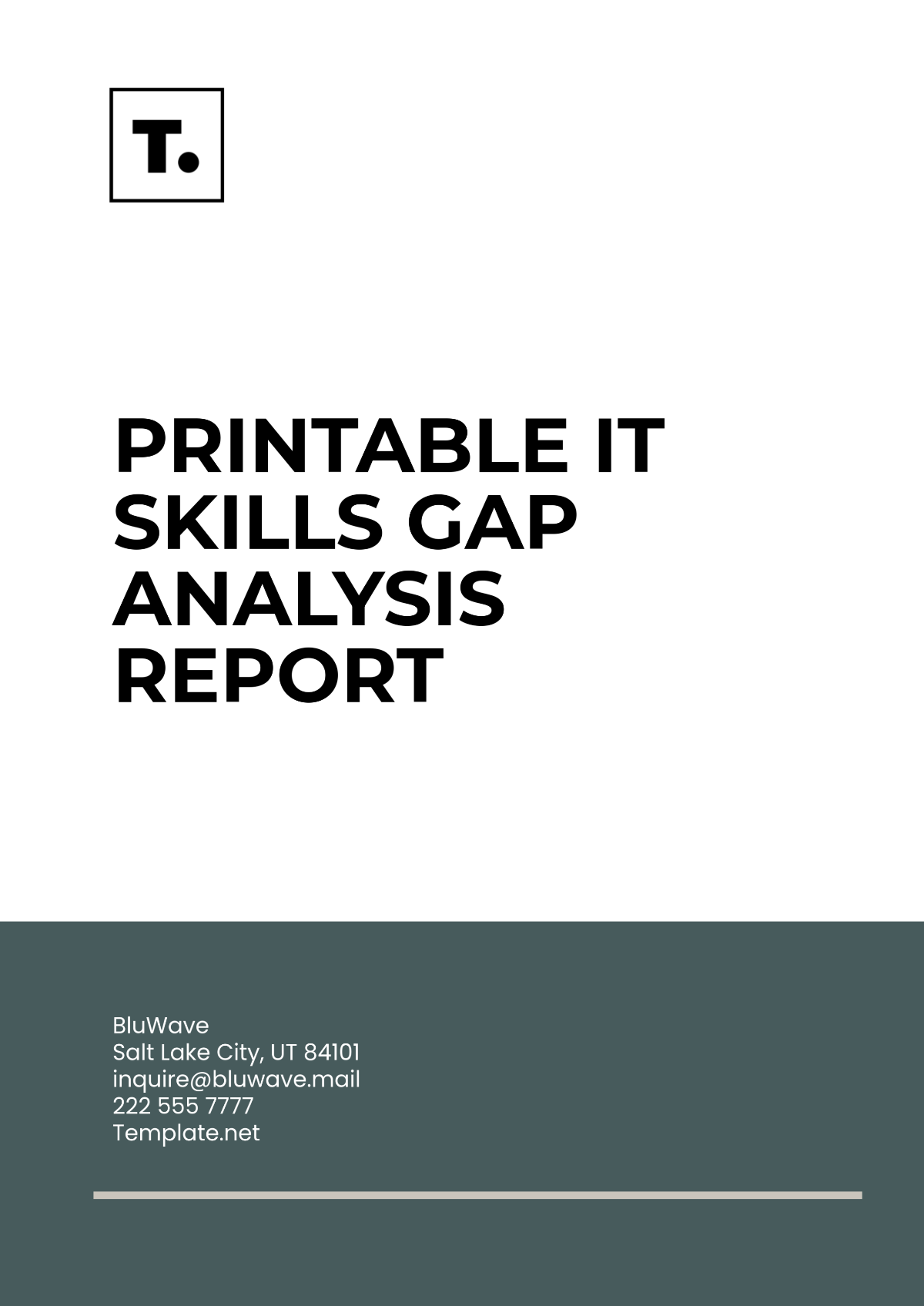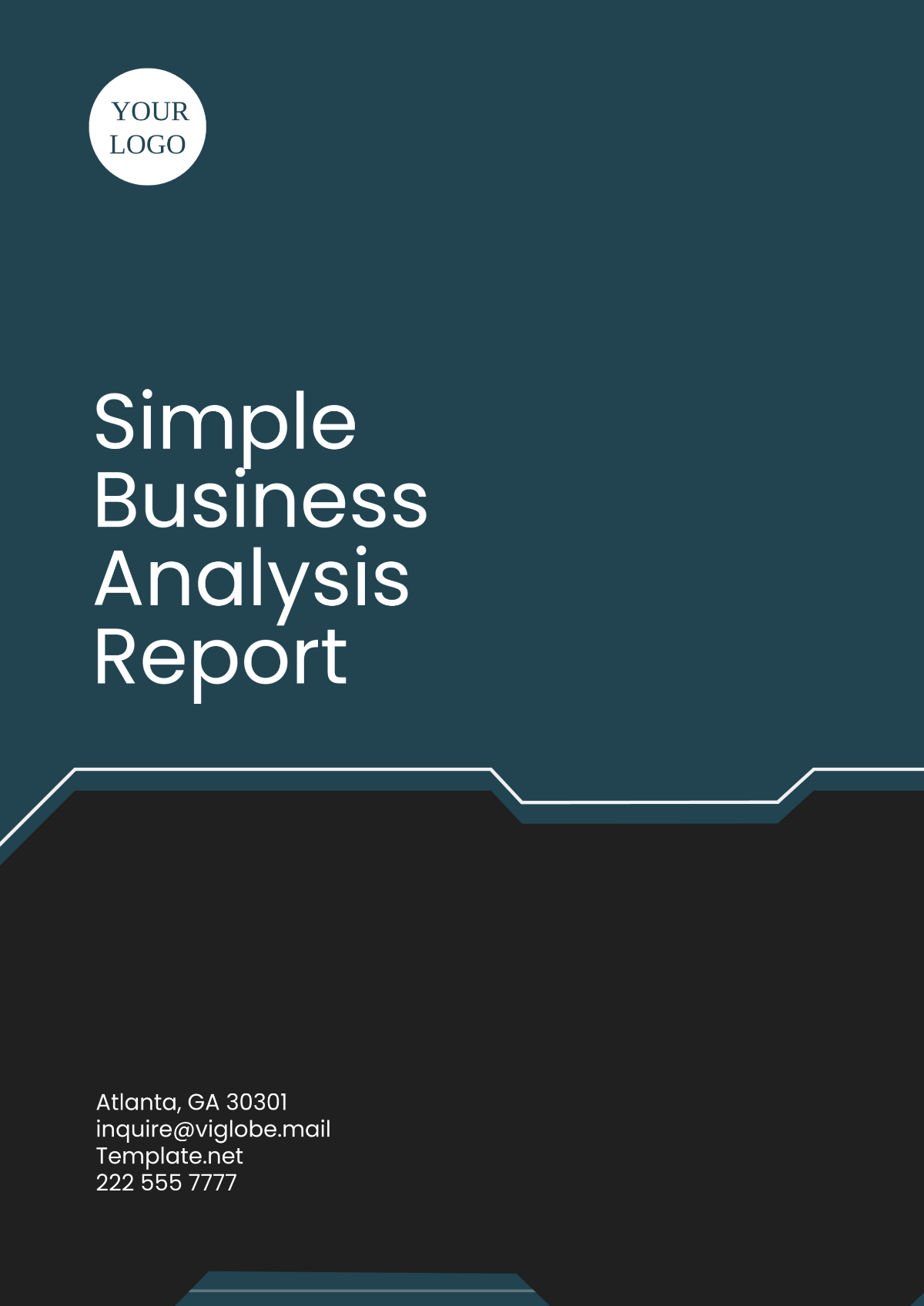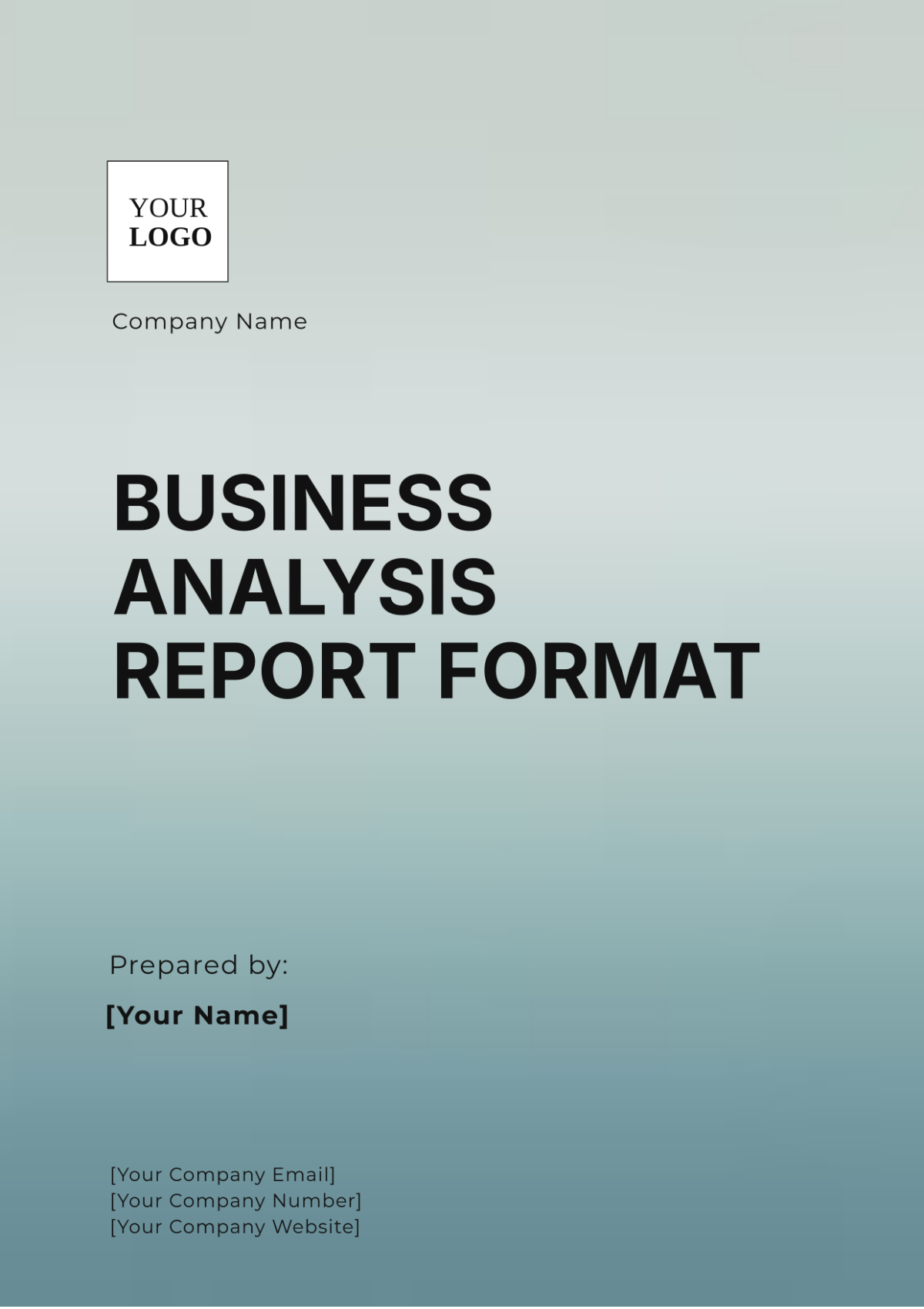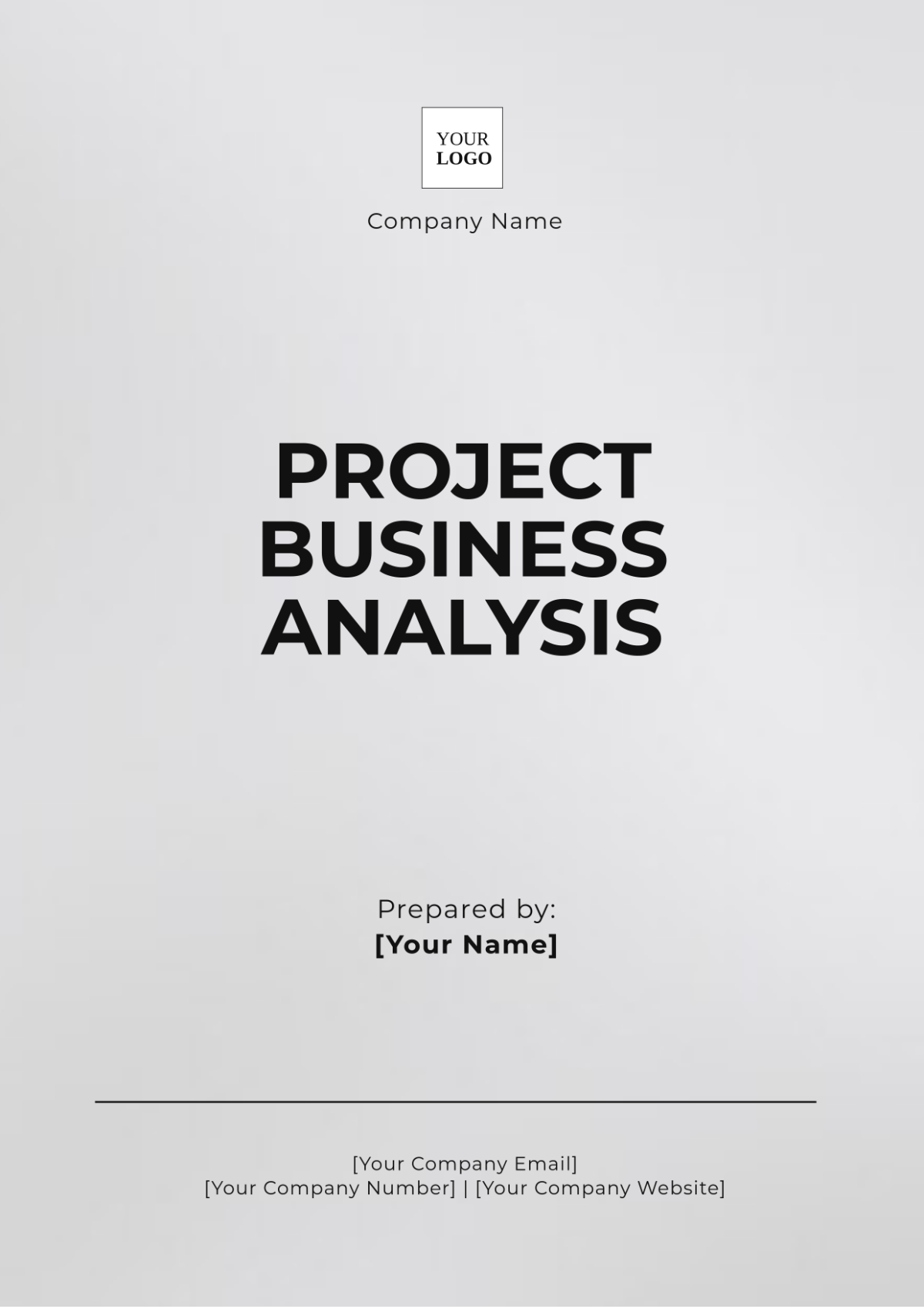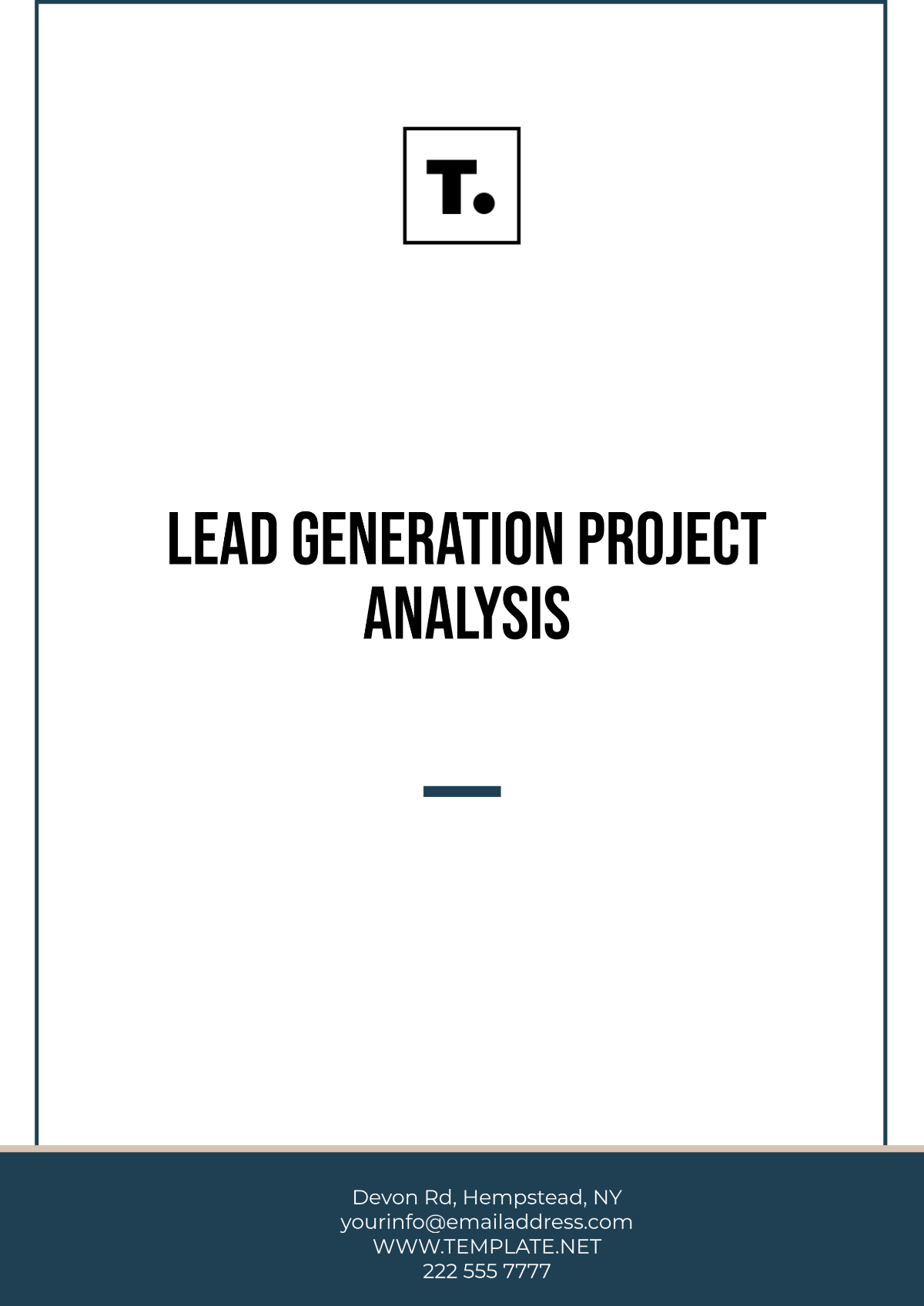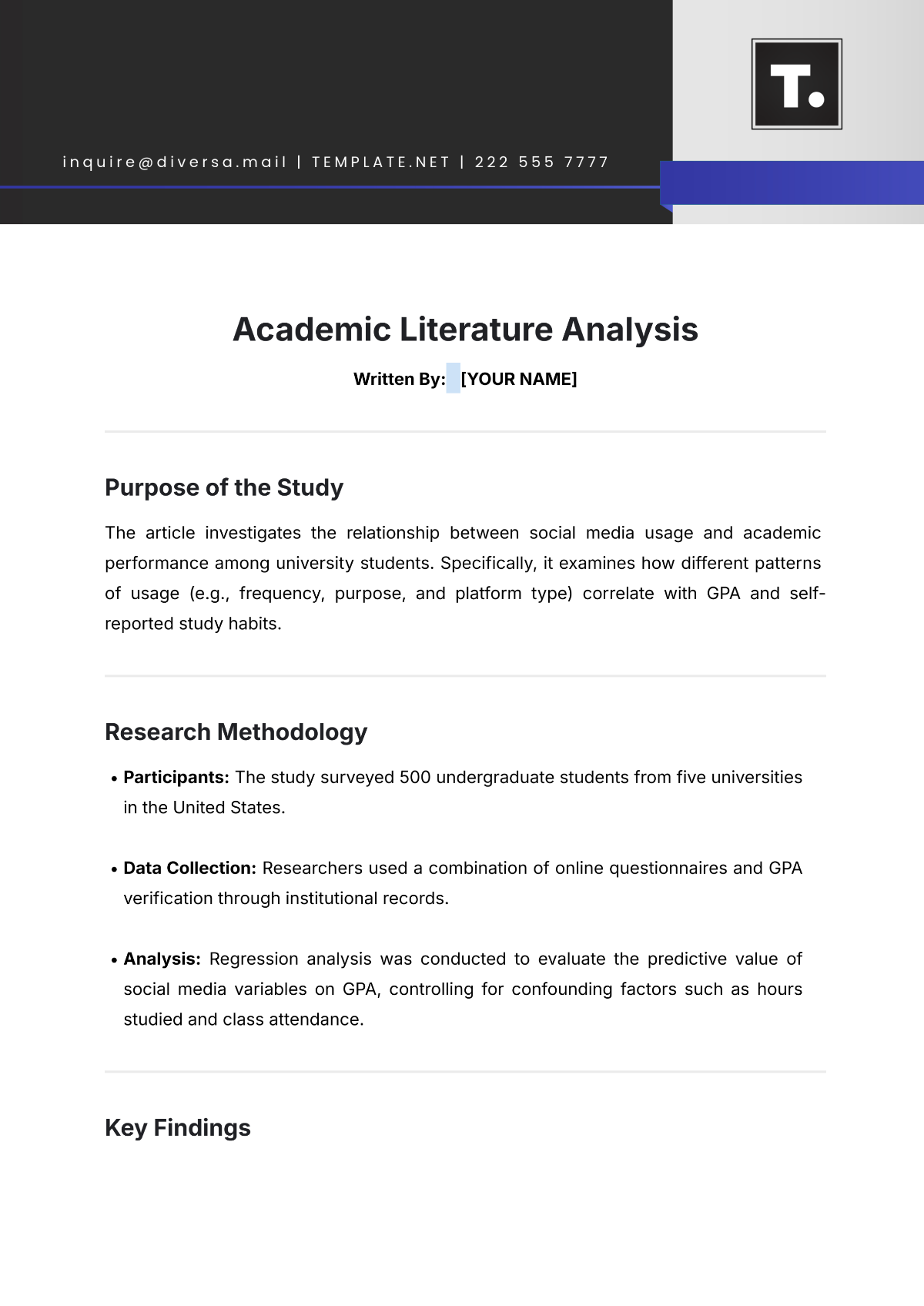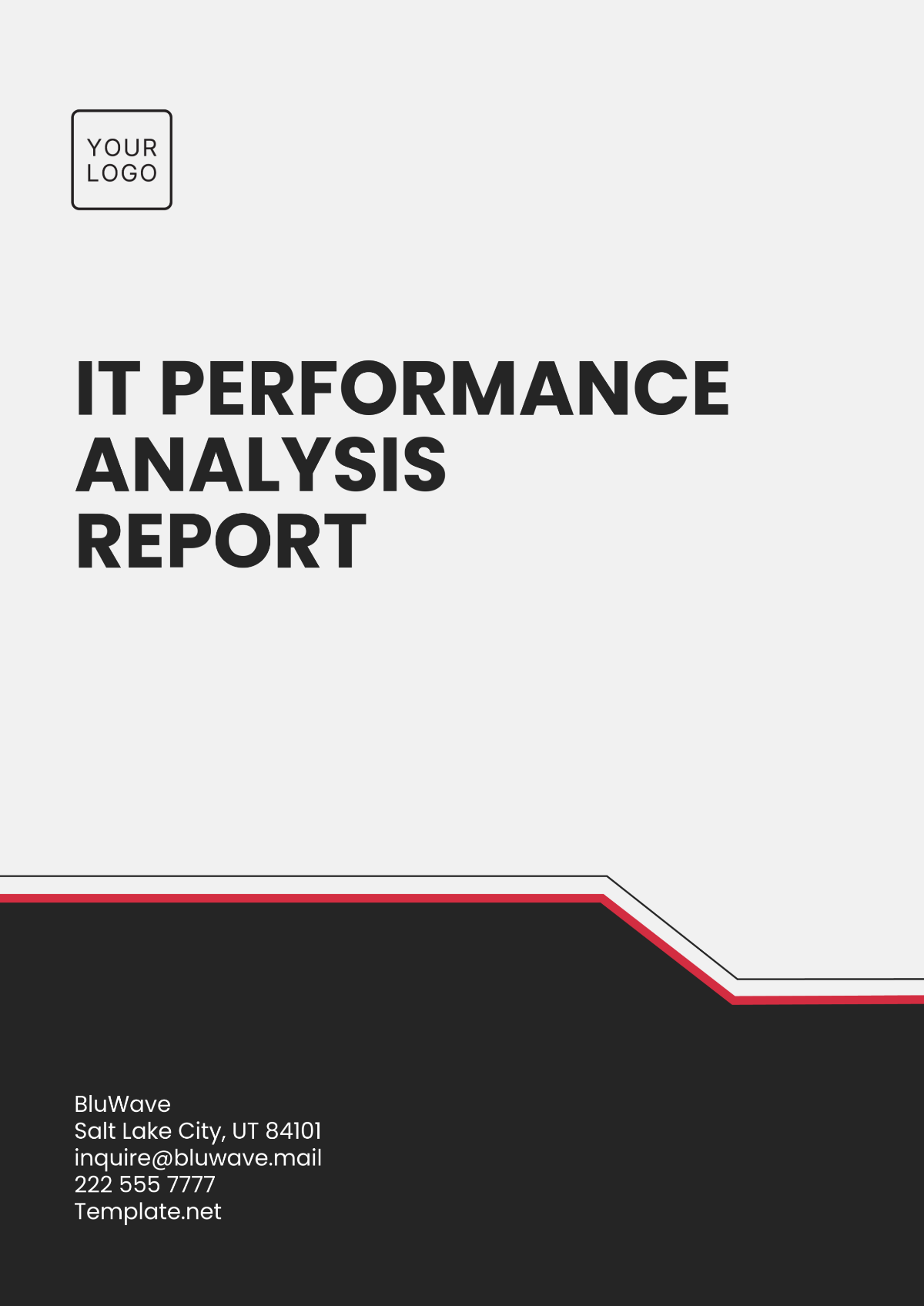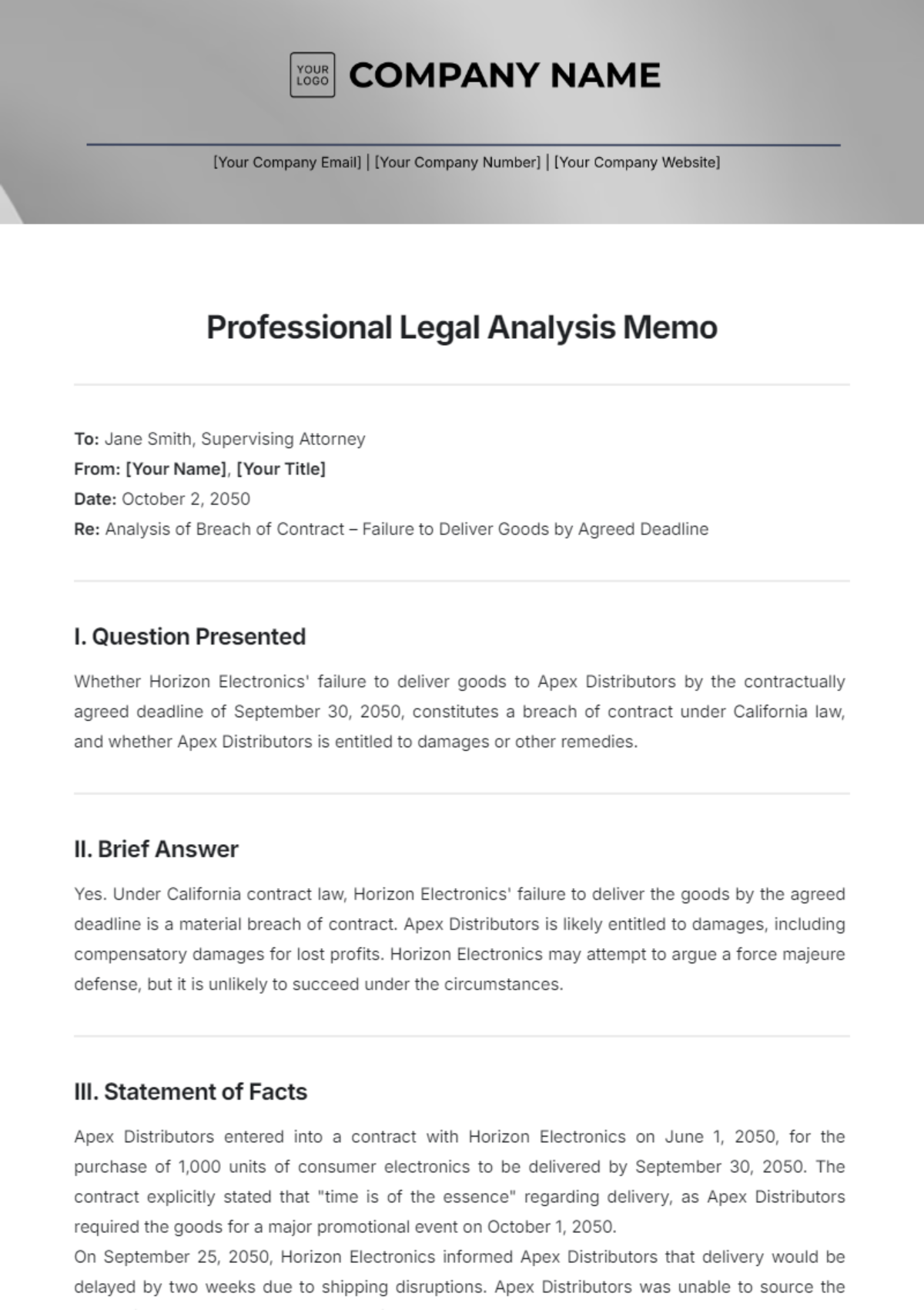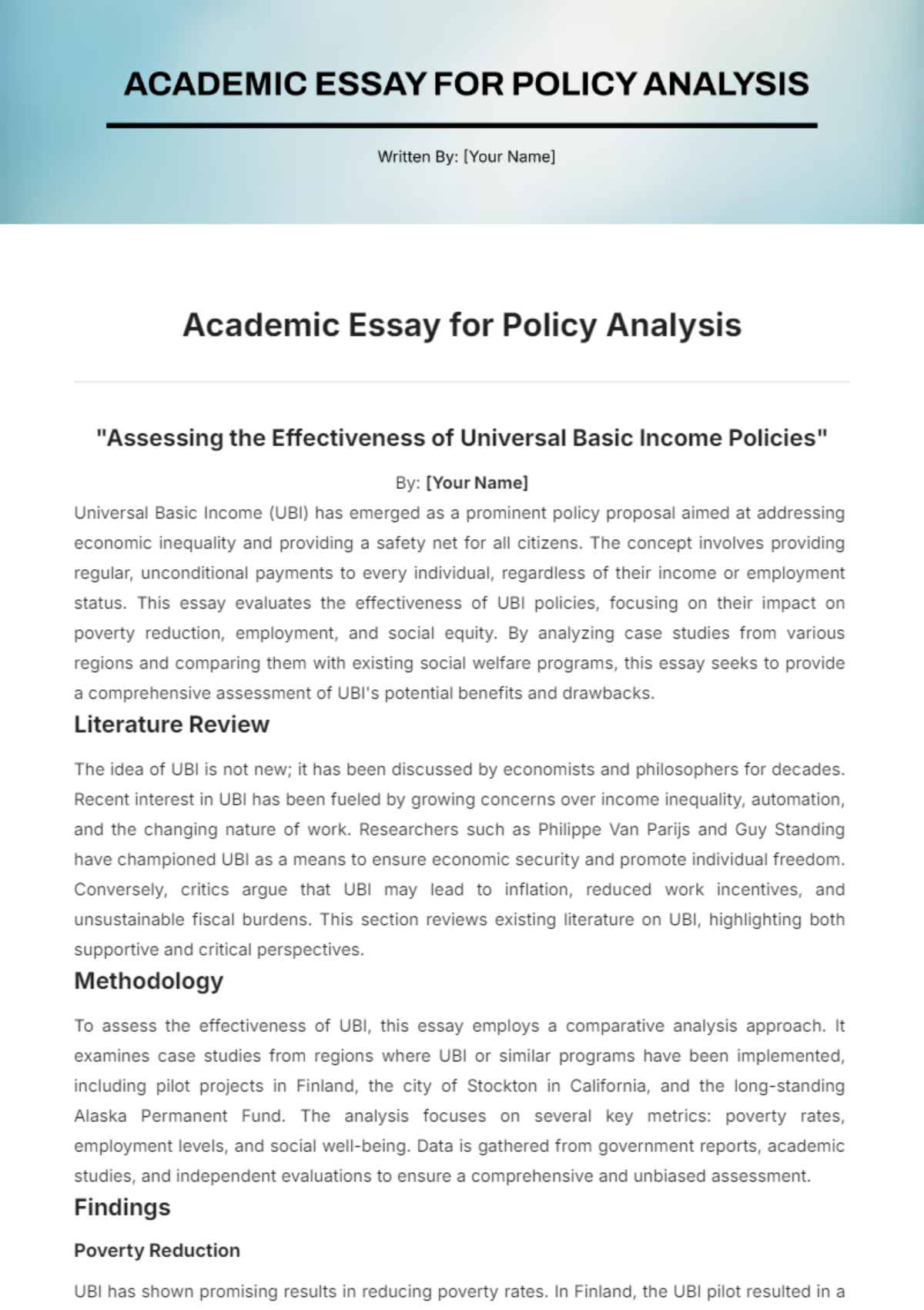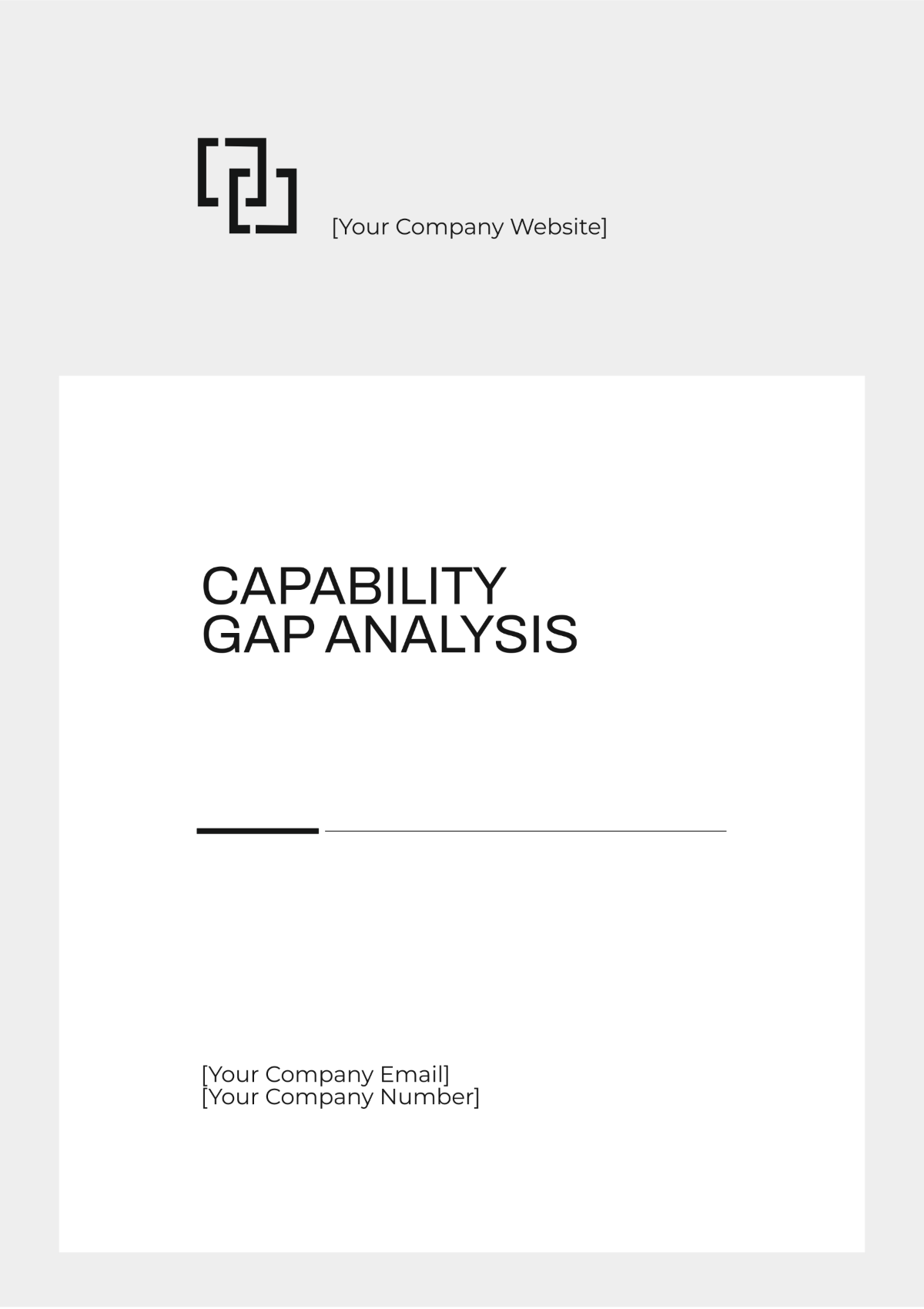Introduction
This report delves into the intricate workings of Administration Office Management, providing a detailed examination of its operational framework. The primary objective of this analysis is to identify and scrutinize the core challenges that impede the efficiency and effectiveness of administrative operations.
By doing so, the report seeks to propose a series of well-informed remedies, aimed at fostering a more streamlined, coordinated, and efficacious approach to office management. Through this analytical endeavor, we aim to equip stakeholders with the insights necessary to initiate meaningful improvements and drive forward the optimization of administrative practices.
Overview of Office Management
Office Management stands as a pivotal department within any organization, playing a fundamental role in influencing the efficiency and effectiveness of daily operations. This section of the report provides an overview of the multifaceted nature of office management, underscoring its critical importance in ensuring the seamless execution of business functions. The effectiveness of office administration is instrumental in determining the smooth flow of various organizational activities, including but not limited to communication, record-keeping, and the management of both human and material resources.
Key Areas of Focus in Office Management:
Development of Operational Standards: Establishing a set of well-defined operational standards is crucial for maintaining a high level of efficiency and consistency in administrative functions. These standards serve as a benchmark for performance and operational excellence, guiding the administrative staff in their daily tasks and ensuring that all activities align with the organization's objectives.
Management of Administrative Staff: Effective leadership and management of the administrative team are essential for fostering a productive work environment. This involves not only the recruitment and training of competent personnel but also the continuous evaluation and motivation of staff to ensure high levels of engagement and performance.
Design and Implementation of Office Policies: Crafting and enforcing clear, comprehensive office policies is vital for the orderly operation of an organization. These policies cover a broad spectrum of administrative activities, from resource allocation and usage to employee conduct and work procedures, ensuring a structured and efficient work environment.
Budget Management: Prudent financial management within the office management sphere entails the development and oversight of a budget that aligns with the organization's goals and financial capabilities. This includes allocating resources efficiently, monitoring expenditures, and making informed decisions to optimize financial performance.
Ensuring Compliance with Legal, Organizational, and Contractual Policies: A critical aspect of office management involves ensuring that all administrative operations and activities comply with relevant legal, organizational, and contractual obligations. This compliance mitigates risks and ensures that the organization operates within the bounds of legality and ethical standards.
The role of Office Management is indispensable in the orchestration of an organization's daily operations, requiring a comprehensive approach that encompasses the development of operational standards, effective staff management, the implementation of robust policies, budgetary control, and strict adherence to legal and organizational guidelines.
Current Challenges
The effective management of administrative operations is critical to the overall productivity and efficiency of any organization. However, several prevailing challenges hinder the optimal functioning of Administration Office Management, as identified in our analysis:
Improper Delegation of Responsibilities: A lack of structured delegation leads to inefficiencies, with tasks either being overlooked or not executed to their fullest potential. This mismanagement results in operational bottlenecks and decreased productivity.
Lack of Clear Communication Among Administrative Staff: Communication gaps within the administrative team can lead to misunderstandings, errors, and delays. Clear, concise, and effective communication is essential for the seamless execution of administrative functions.
Inappropriate Record-Keeping Practices: Efficient record-keeping is the backbone of effective office management. Current practices that are disorganized or outdated compromise the accessibility and reliability of important documents and information.
Inadequate Budget Allocation for Administrative Operations: Limited or poorly allocated budgets for administrative needs can lead to resource constraints. This not only affects the procurement of necessary supplies and equipment but also impacts the overall operational capacity of the administrative department.
Poor Management of Office Accessories and Equipment: The lack of a systematic approach to managing office resources leads to inefficiencies, increased costs, and decreased productivity. Proper maintenance, timely upgrades, and strategic allocation of office accessories and equipment are essential for smooth operations.
Challenge | Impact on Operations | Percentage of Operations Affected |
|---|---|---|
Improper Delegation of Responsibilities | High | 60% |
Proposed Improvements
In response to these challenges, we propose a comprehensive and practical strategy aimed at enhancing the efficiency and effectiveness of [Your Company Name]'s administrative operations. The proposed improvements are designed to address the identified challenges directly, as outlined below:
Strategic Focus Areas for Improvement:
Enhanced Communication Channels: Implementing structured communication protocols to ensure clarity and consistency in information sharing among the administrative staff.
Optimized Resource Utilization: Developing a strategic plan for the allocation and management of resources, ensuring that budgetary allocations are aligned with operational needs.
Fostering a Motivating Work Environment: Creating a supportive and engaging work environment that motivates staff and encourages high performance.
Data-Driven Analysis for Improvement
To illustrate the necessity and potential impact of the proposed improvements, we present the following tables that summarize key data points relevant to the challenges and improvement strategies:
Operational Efficiency Before and After Proposed Improvements:
Metric | Current State | Post-Improvement Estimate |
|---|---|---|
Task Completion Time | 48 hours | 24 hours |
Budget Allocation Efficiency:
Budget Category | Current Allocation | Proposed Allocation |
|---|---|---|
Office Supplies | 5% | 7% |
These tables serve as a quantitative foundation for our proposed improvements, highlighting the critical areas for intervention and the anticipated benefits of these changes. By addressing the outlined challenges with a focused and data-driven approach, [Your Company Name] can significantly enhance the efficiency and effectiveness of its Administration Office Management, leading to sustained organizational success.
Implementation Strategy
The successful execution of the proposed improvements requires a structured implementation strategy. This strategy involves a phased approach to ensure each improvement is effectively integrated into the administrative operations.
Phases of Implementation:
Assessment Phase: Conduct a comprehensive evaluation of current administrative processes to identify inefficiencies and areas for improvement.
Planning Phase: Develop a detailed plan outlining the steps, resources, and timelines necessary for the implementation of proposed improvements.
Execution Phase: Implement the improvements according to the plan, with a focus on minimizing disruption to daily operations.
Evaluation Phase: Monitor the outcomes of the implemented changes against predefined metrics to assess their effectiveness and make adjustments as necessary.
Sustainability Phase: Establish ongoing review and adjustment mechanisms to ensure the continued effectiveness and relevance of the improvements.
By adhering to this structured implementation strategy, [Your Company Name] can expect to see significant enhancements in the efficiency and effectiveness of its Administration Office Management, leading to improved organizational performance and success.
Stakeholder Engagement and Communication
This section delves into strategies aimed at strengthening relationships with all stakeholders, including employees, partners, customers, and regulatory bodies, thereby fostering a more inclusive and transparent operational environment.
Strategies for Enhanced Stakeholder Engagement:
Implementing Collaborative Platforms: Adopt digital platforms that facilitate seamless communication and collaboration among team members, stakeholders, and partners. These tools should support real-time sharing of information, feedback, and project updates, ensuring everyone is aligned and informed.
Regular Stakeholder Meetings: Schedule regular meetings with key stakeholders to discuss ongoing projects, gather feedback, and address concerns. These sessions can be tailored to different groups, ensuring that each segment receives focused attention and feels valued.
Transparent Reporting and Communication: Develop a framework for regular reporting that is accessible to all stakeholders. This includes clear, jargon-free communication of company policies, updates, and achievements, as well as transparent reporting on challenges and the measures taken to address them.
Stakeholder Surveys and Feedback Mechanisms: Implement regular surveys and feedback mechanisms to gather insights from stakeholders on the effectiveness of communication and engagement strategies. This data will be invaluable in refining and improving these approaches over time.
Community and Social Responsibility Initiatives: Engage in community and social responsibility initiatives that reflect the values of [Your Company Name] and its stakeholders. These efforts not only contribute positively to society but also strengthen the bond between the company and its wider community.
Expected Benefits:
Strengthened Stakeholder Relationships: By prioritizing enhanced engagement and communication, [Your Company Name] will cultivate deeper and more meaningful connections with its stakeholders. This approach is foundational in building a climate of trust and loyalty, pivotal for sustaining long-term relationships and fostering a sense of community and partnership.
Refined Decision-Making Processes: The incorporation of a diverse array of perspectives and feedback mechanisms will significantly enrich the decision-making process. This comprehensive insight ensures that strategy formulation and operational adjustments are both nuanced and well-informed, aligning closely with the needs and expectations of all stakeholders.
Elevated Organizational Transparency: A commitment to open and transparent communication protocols will significantly bolster the organization's reputation. By demystifying its operations and strategies, [Your Company Name] not only cultivates stakeholder confidence but also sets a benchmark for integrity and accountability in its sector.
Optimized Collaborative Efforts: The deployment of advanced communication tools and platforms will revolutionize collaborative efforts within and beyond the organization. This strategic enhancement in collaboration infrastructure is instrumental in optimizing project management and execution, leading to heightened productivity and innovation.
Amplified Corporate Reputation: Engagement in community and social responsibility initiatives represents not just an investment in societal welfare but also a strategic enhancement of the corporate brand. Such active participation underscores [Your Company Name]'s commitment to social values, significantly uplifting its image and brand perception in the public eye.
By prioritizing stakeholder engagement and communication, [Your Company Name] can build a more resilient, inclusive, and transparent operational environment. This strategic focus not only enhances internal processes but also contributes to building a strong, positive reputation in the broader community, essential for long-term success and sustainability.
Strategic Planning for Future-Proofing
In anticipation of future challenges and opportunities, it is imperative for [Your Company Name] to engage in strategic planning to future-proof its Administration Office Management. This section outlines a forward-looking approach, aiming to not only address current inefficiencies but also to prepare the administrative framework for upcoming trends and technological advancements.
Key Strategic Objectives:
Technology Integration and Digital Transformation: Leverage cutting-edge technologies to automate routine tasks, improve data management, and enhance communication channels. This includes the adoption of cloud computing, artificial intelligence (AI) for administrative tasks, and the implementation of comprehensive data security measures.
Talent Development and Continuous Learning: Invest in the continuous professional development of administrative staff through training programs focused on emerging technologies, project management, and leadership skills. Encouraging a culture of continuous learning will ensure that the team remains agile and adaptable to change.
Sustainability Practices: Integrate sustainable practices into office management to reduce the organization's environmental footprint. This could involve reducing paper use through digitalization, optimizing energy consumption, and promoting recycling initiatives.
Risk Management and Compliance: Develop a robust risk management framework that anticipates and mitigates potential risks associated with legal changes, cybersecurity threats, and operational disruptions. Ensuring ongoing compliance with evolving regulations and standards is crucial for maintaining operational integrity and reputation
Fostering Innovation and Creativity: Create an organizational culture that encourages innovation and creative problem-solving among administrative staff. This could involve setting up an ideas and innovation program, where employees can propose and develop efficiency-enhancing projects or solutions.
Implementation Considerations:
To realize these strategic objectives, [Your Company Name] should consider the following implementation steps:
Conduct a Comprehensive Technology Review: Initiate a thorough examination of the existing technological infrastructure to pinpoint inefficiencies and areas ripe for enhancement. This audit will serve as the foundation for integrating cutting-edge tools and systems designed to streamline operations and elevate productivity levels.
Formulate an Inclusive Talent Management Framework: Craft a holistic talent management strategy that encompasses not only the attraction and recruitment of top-tier administrative personnel but also focuses on their continuous development and retention. This strategy should include clear career progression paths, professional development opportunities, and recognition programs to maintain high levels of engagement and job satisfaction.
Establish a Dedicated Sustainability Committee: Create a sustainability committee tasked with the development and oversight of eco-friendly practices within the realm of office management. This committee should aim at not only reducing the organization's environmental footprint but also at positioning [Your Company Name] as a leader in corporate sustainability efforts.
Develop an Exhaustive Risk Management Protocol: Construct a detailed risk management plan that meticulously identifies potential internal and external threats, evaluates their potential impact on operations, and formulates proactive strategies for their mitigation. This plan should encompass a wide range of risks, including legal, financial, cyber, and operational vulnerabilities.
Promote Interdepartmental Collaboration for Innovation: Actively encourage and facilitate collaboration across different departments to harness diverse perspectives and expertise. This cross-functional engagement is essential for sparking innovation, enhancing problem-solving capabilities, and breaking down silos that can hinder creativity and efficiency.
Expected Outcomes:
Upon the successful realization of the outlined strategic objectives, [Your Company Name] is poised to attain significant milestones that will solidify its operational foundation and steer the organization toward a future of excellence and sustainability. These outcomes encompass:
Elevated Operational Efficiency and Productivity: Through the judicious incorporation of technological innovations, [Your Company Name] will experience a substantial uplift in operational efficiency and productivity. The automation of routine tasks, alongside the implementation of advanced data management systems, will streamline administrative processes, thereby freeing up valuable resources to focus on strategic initiatives.
Development of a Competent and Agile Administrative Workforce: The commitment to ongoing professional development will cultivate a workforce that is not only highly skilled but also versatile, ready to meet the evolving demands of the business landscape. This strategic investment in human capital ensures that the administrative team remains at the forefront of industry standards, equipped with the knowledge and skills necessary to navigate future challenges with confidence.
Sustainability and Environmental Stewardship: By adopting sustainable practices within its operations, [Your Company Name] will significantly reduce its environmental footprint, leading the way towards a more sustainable future. Initiatives aimed at minimizing waste, optimizing energy use, and promoting recycling efforts will underscore the organization's commitment to environmental responsibility, aligning with global sustainability goals.
Resilience Against Legal and Cybersecurity Threats: The establishment of a robust administration office management system, fortified against legal and cybersecurity threats, ensures the organization's operational integrity and safeguards against potential disruptions. This proactive approach to risk management not only protects valuable data and assets but also reinforces [Your Company Name]'s reputation as a secure and trustworthy entity.
Fostering a Culture of Innovation: By encouraging a culture where innovation and creative problem-solving are celebrated, [Your Company Name] sets the stage for ongoing improvement and a competitive advantage in the market. This dynamic environment will attract and retain top talent, inspire breakthrough ideas, and drive the organization towards achieving its strategic goals.
Conclusion
This report has examined the existing operational framework of Administration Office Management within [Your Company Name], identifying key challenges that hinder efficiency and proposing a comprehensive suite of improvements aimed at streamlining processes, enhancing communication, and optimizing resource utilization. The successful implementation of these recommendations requires a commitment to continuous improvement, adaptability, and strategic foresight. By embracing these principles, [Your Company Name] can ensure that its Administration Office Management meets the current demands of its operational environment and is also well-equipped to adapt to future challenges and opportunities.















